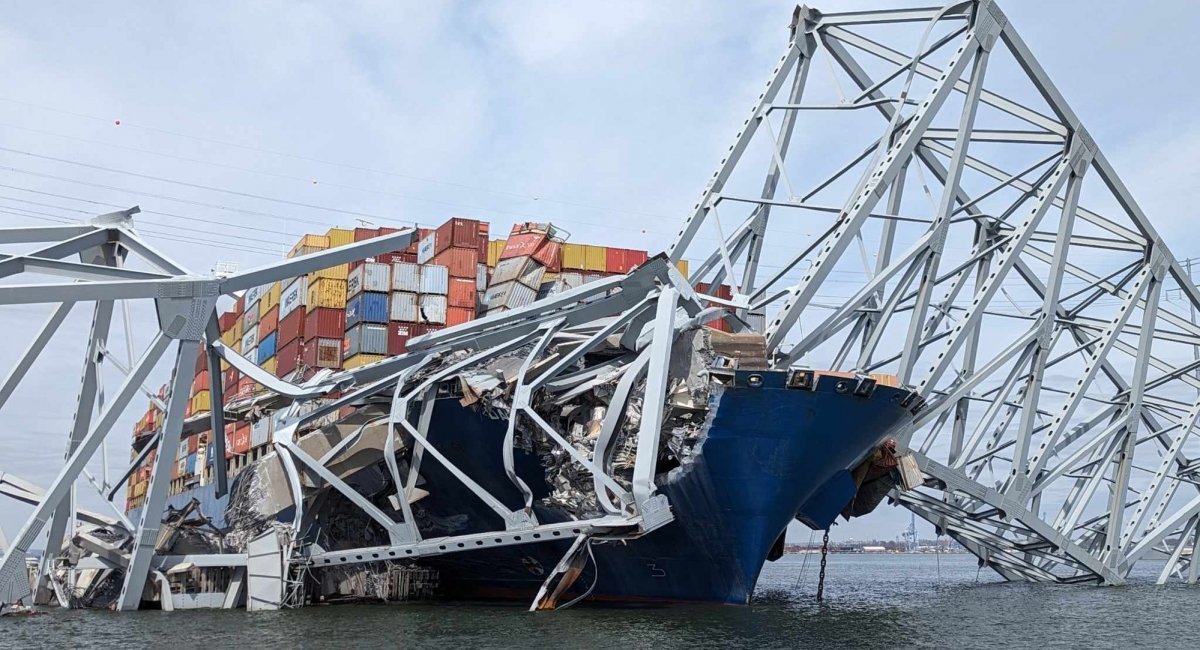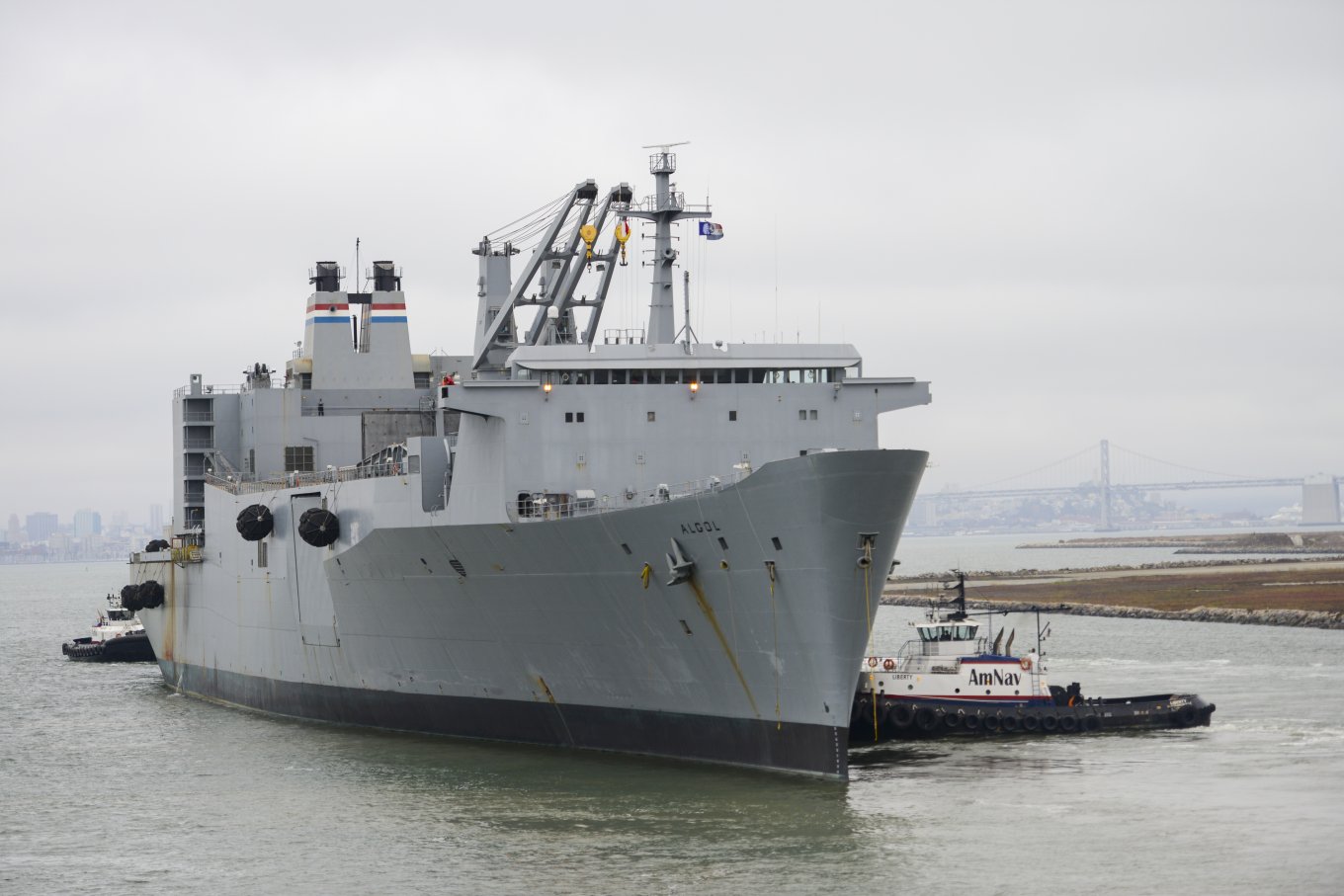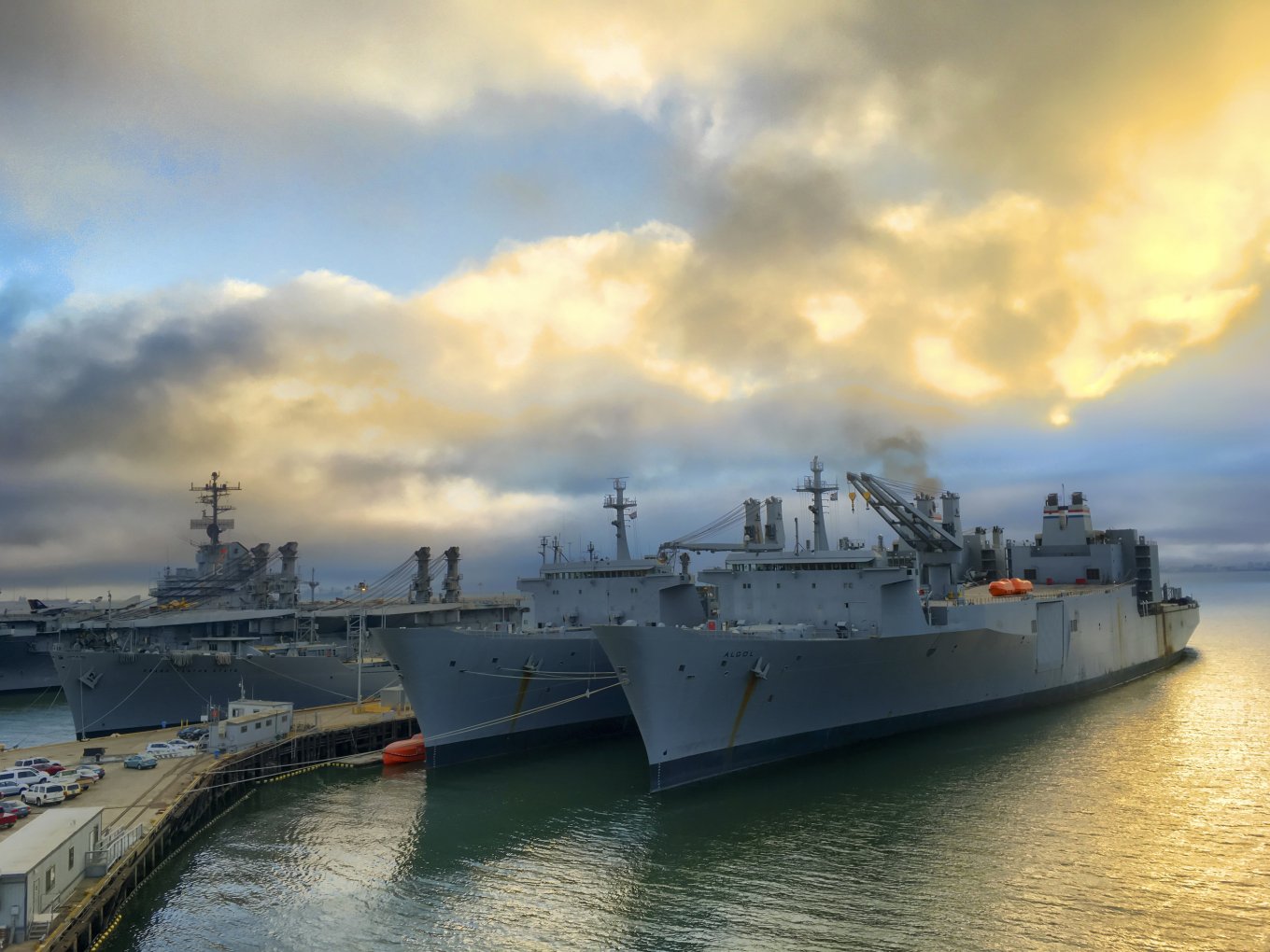
Bridge accident in Baltimore causes blockage of a quarter of US ships for emergency troop deployment
Due to the blockade of Baltimore Harbor, Algol-class fast transport vessels, which are designed to transport US troops across the Atlantic in case of Russian aggression against NATO, are stuck on the remains of the bridge.
The disaster with the destruction of the bridge over the harbor of the American city of Baltimore, when the container ship MV Dali crashed into a pillar on March 26, hit the capabilities of the US Navy.
As a reminder, while leaving Baltimore, MV Dali lost power, which led to a loss of control over the ship’s steering, and it crashed into a bridge, which collapsed and blocked the exit from the harbor. And the timing of the resumption of ship passage is currently unknown.
JUST IN: Maryland officials have confirmed the recovery of two bodies from a submerged red pickup truck near the Francis Scott Key Bridge. So far, the victims of the bridge collapse hail from Mexico, Guatemala, El Salvador, and Honduras, according to officials. pic.twitter.com/MpARELS8L3
– Simon Ateba (@simonateba) March 27, 2024
The fact is that part of the U.S. Navy’s transportation fleet is permanently based in Baltimore Harbor. And at the time of the disaster, there were four special ships there that were supposed to transport troops and weapons if necessary.
In addition, two of them are among the most modern and high-speed Algol-class vessels available to the US Navy. It should be noted that they are formally outsourced from the Navy to the Ministry of Maritime Transport, but retain their military significance, belong to the Ready Reserve Force fleet, are in the ROS-5 category, and must be on 5-day standby to carry out the mission of transporting military cargo at any time.

According to The WarZone, SS Antares and SS Denebola of the Algol class, as well as MV Cape Washington and MV Gary I. Gordon, all in the ROS-5 category. But it is the blocking of the two Algol vessels that is most painful, according to the American publication. Because these are the fastest large transport vessels in the US Navy and are separately classified as Fast Sealift Ships.
Algol-class vessels can reach a speed of 33 knots, while conventional vessels of this class can reach 13 to 24 knots. Algol-class vessels have a full water displacement of 55.3 thousand tons and can carry more than 700 pieces of military equipment, including tanks.
There are not very many such ships in the United States – only 8 units, of which six are based in bases on the Atlantic coast of the United States. But despite their numbers, these ships are the main element in the US Navy’s maritime logistics. They are responsible for the fastest possible deployment of additional forces from the United States to Europe in the event of Russian aggression against NATO countries.

For example, during the preparation for Desert Storm, five such ships transported 20% of all US military cargo to Saudi Arabia. They were subsequently used for logistical tasks in Somalia and the Balkans, the second war against Iraq, and operations in Afghanistan.
At the same time, these vessels are not new; they were purchased in the early 1980s and built at shipyards in the Netherlands and Germany. However, the Pentagon has no plans to replace them, even though in 2019 it became known that 3 out of 8 Algol cannot perform their intended tasks, and the number of Algol ready for missions in 2024 remains unknown.

